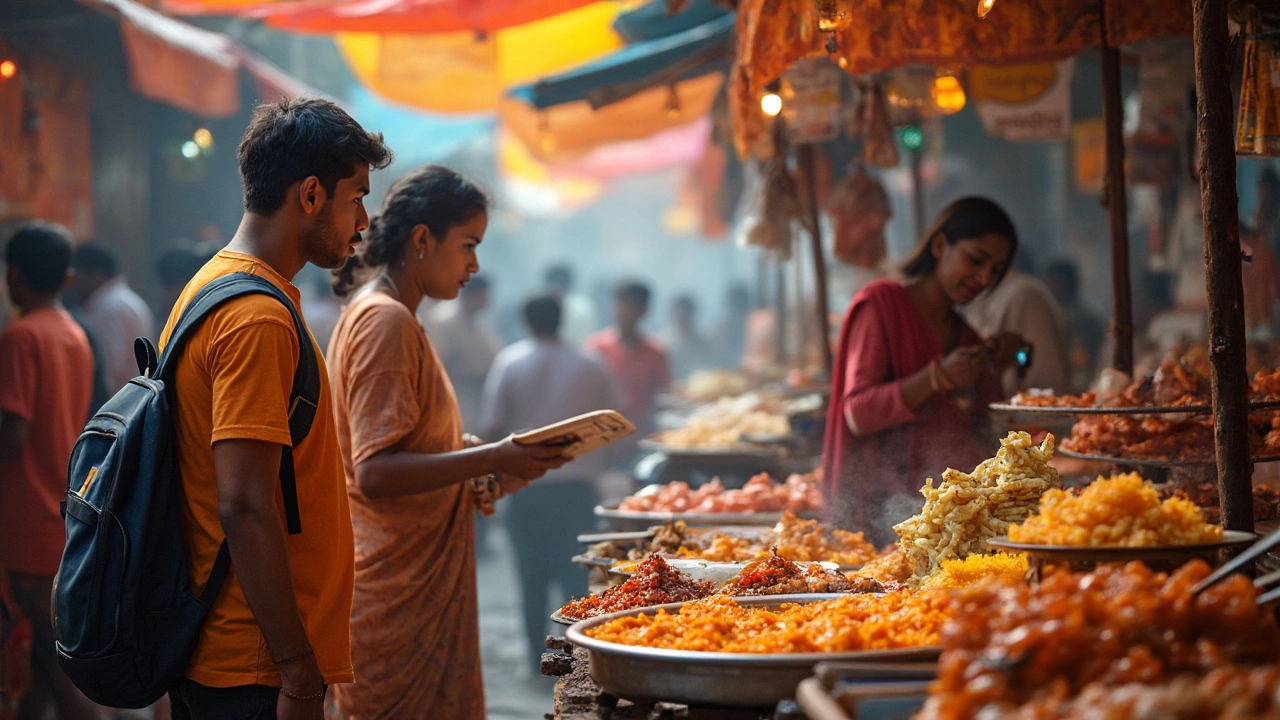Travel Health in India: Practical Tips for Safe Journeys
Planning a trip to India? Great food, vibrant culture, and amazing sights await, but a few health basics can keep the adventure fun and worry‑free. Below are the must‑know steps to stay healthy from the moment you land.
Food and Water Safety
Indian street food is legendary, and you won’t want to miss it. The trick is to pick stalls that look clean, have a steady flow of customers, and serve food fresh and hot. Hot dishes—like samosas or dosas—are usually safe because the high temperature kills bacteria.
When it comes to water, stick to bottled or filtered water. Always check that the seal is intact before you open a bottle. If you’re unsure about the tap, use a portable filter or boil water for at least one minute. Ice cubes are a common source of contamination, so ask for drinks without ice unless the ice is made from sealed water.
Fruits and veggies are a healthy addition, but wash them under running water or peel them yourself. Citrus fruits, bananas, and pomegranate are easy choices that need no washing.
Vaccinations, Medicines, and Common Ailments
Before you fly, schedule a quick chat with a travel clinic. Essential vaccines for most travelers to India include Hepatitis A, Typhoid, and Tetanus. If you’re heading to rural or forested areas, ask about Japanese Encephalitis and Rabies shots.
Pack a small health kit: oral rehydration salts, anti‑diarrheal pills, a basic pain reliever, and any prescription meds you need. A single‑dose of an antimalarial may be recommended for certain regions, so confirm the exact area you’ll visit.
Digestive upset is common with a spice‑heavy diet. Bring probiotic capsules and keep them handy. If you get mild diarrhea, start with oral rehydration and then a short course of loperamide. Severe cases need a doctor’s visit—most cities have English‑speaking physicians.
Heat exhaustion can sneak up on you, especially during summer months. Wear light clothing, stay in the shade during peak sun hours, and sip water frequently. A simple rule: drink at least one glass every hour, more if you’re active.
Insect bites are another nuisance. Use DEET‑based repellent on exposed skin and treat any bites with an antihistamine if they itch badly. Mosquito‑borne diseases like Dengue and Chikungunya are present, so protecting yourself early helps avoid trouble later.
Travel insurance that covers medical emergencies is a smart move. Look for policies that include evacuation, especially if you plan to trek in the Himalayas or explore remote beaches.
Finally, trust your gut. If something feels off—whether it’s a food stall, a water source, or a persistent headache—don’t push through. A short break to rest, hydrate, and reassess can save you from bigger problems later.
With these simple steps—watching what you eat and drink, staying up to date on vaccines, packing a basic health kit, and staying cool—you’ll be ready to enjoy India’s colors, flavors, and warm hospitality without a health hitch.
What Not to Eat in India to Avoid Getting Sick
Wondering what foods to steer clear of in India to keep your stomach safe? This article breaks down the usual suspects—foods and drinks that travelers commonly regret eating. Get real tips on spotting dangerous foods, how to eat out safely, and how even locals stay healthy. If you want to explore Indian cuisine without those dreaded belly troubles, read this handy guide. Save yourself from a vacation ruined by food poisoning!
